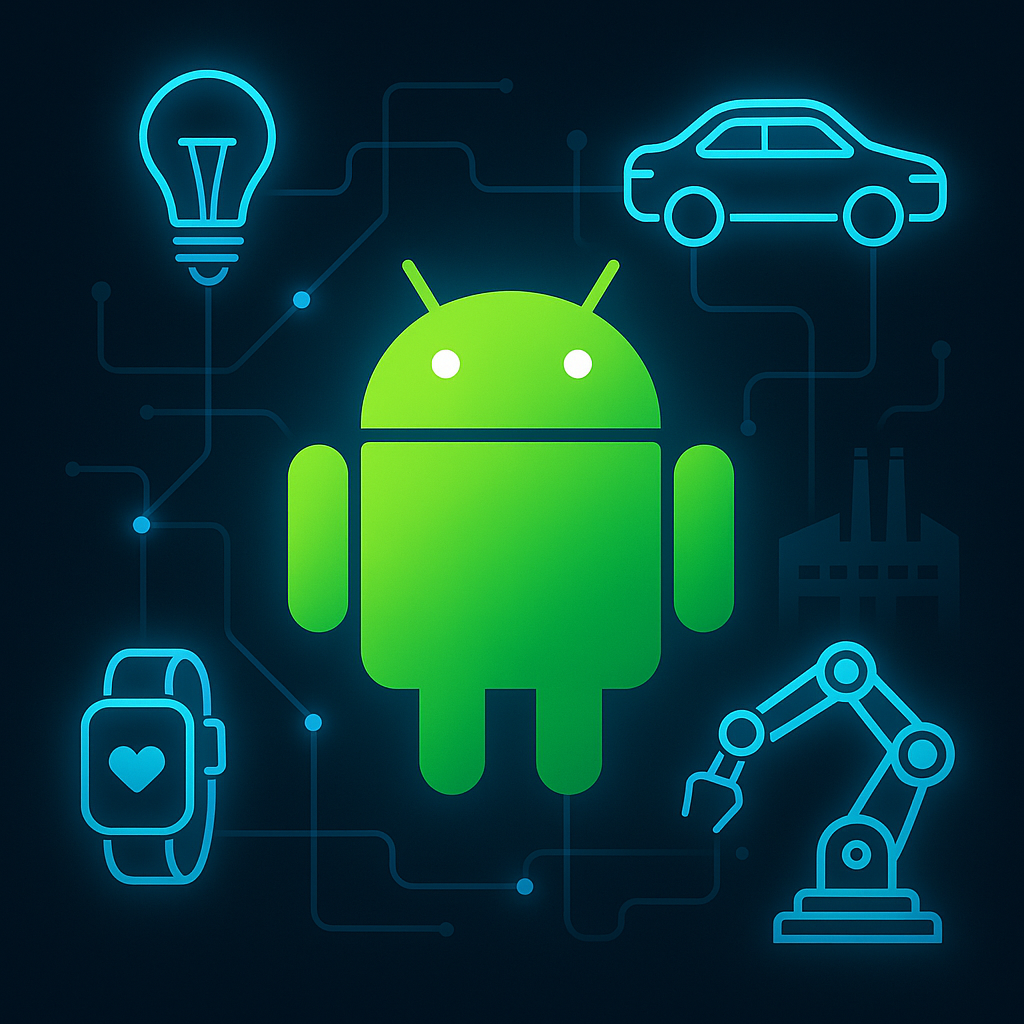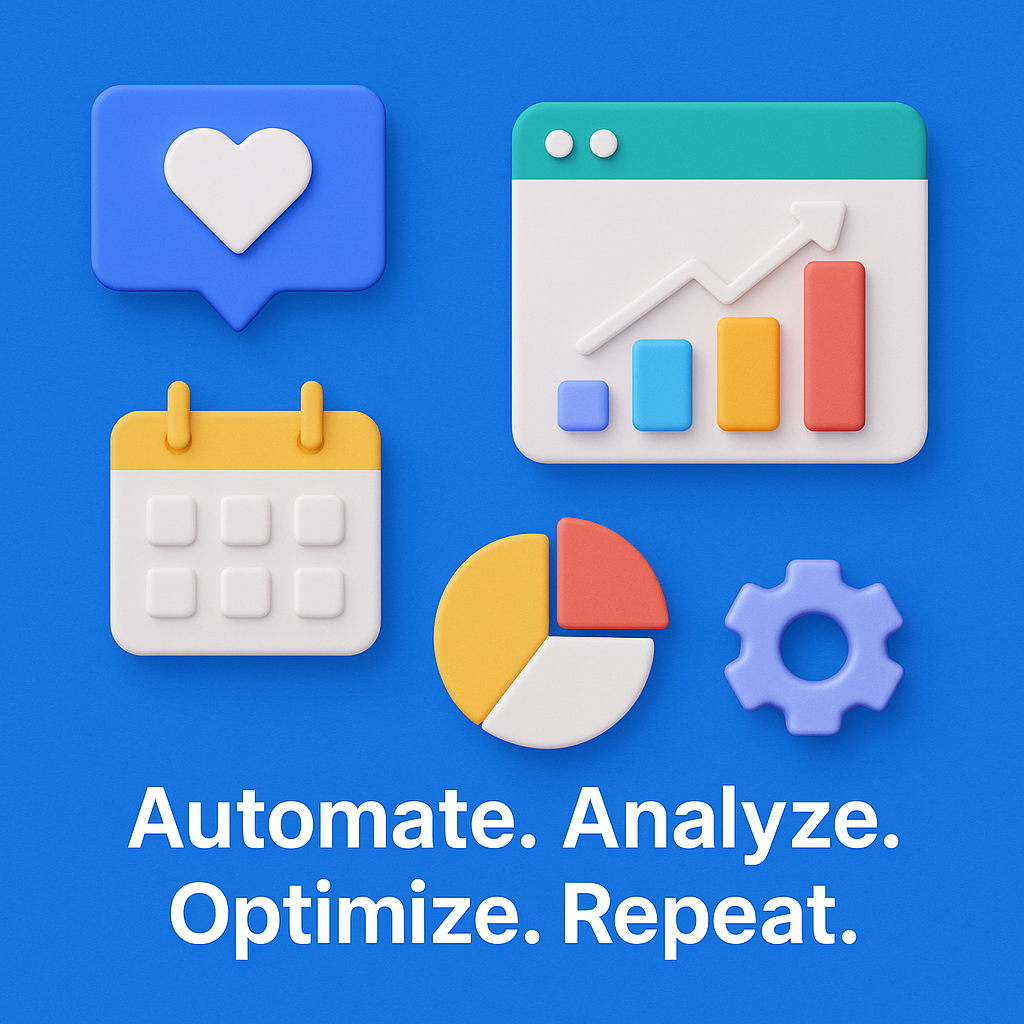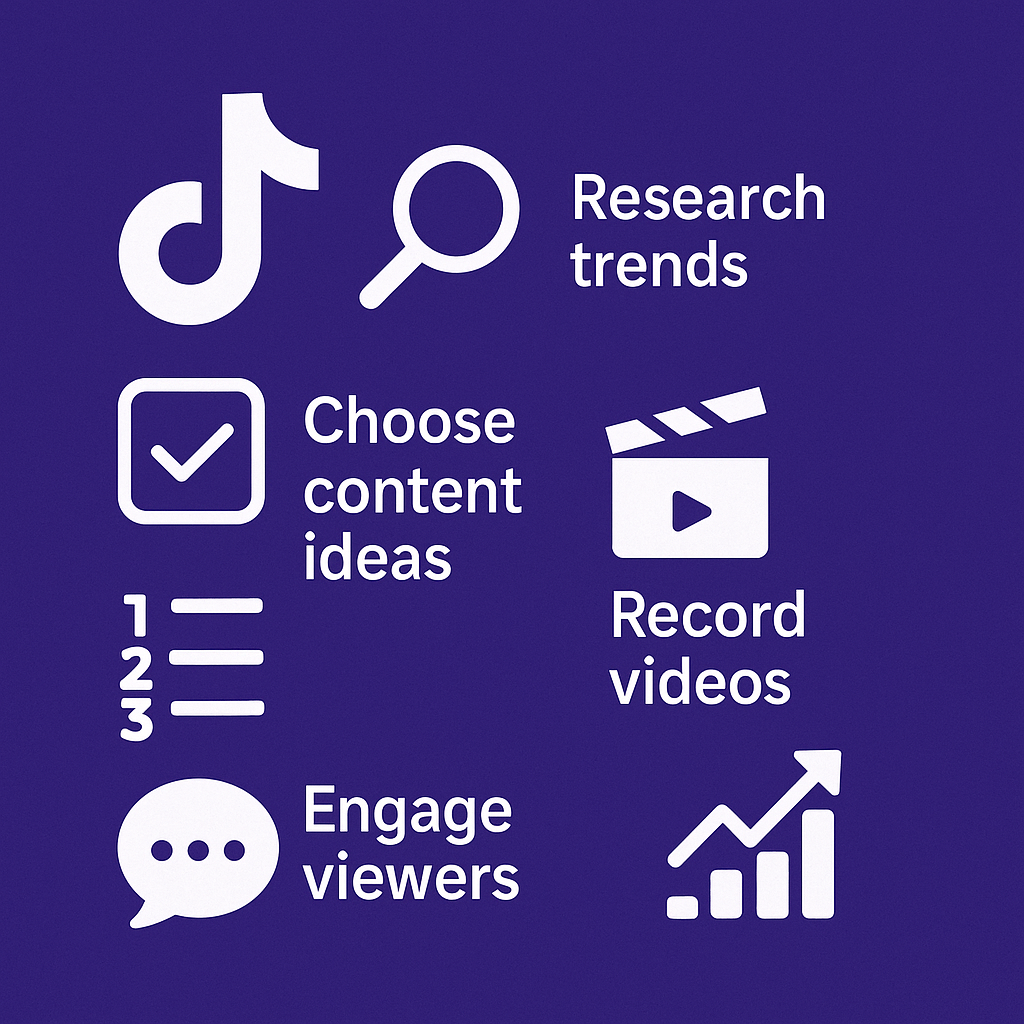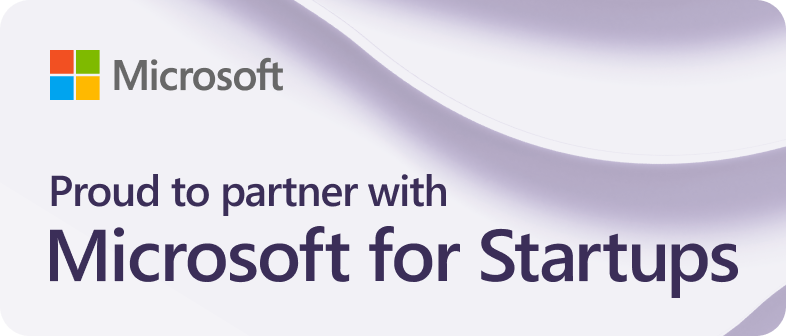Why Digital Marketing Strategy Matters for IoT Businesses
The growth of IoT solutions is not just a technical revolution—it’s also a marketing opportunity. Whether you’re building smart home devices, industrial monitoring solutions, or automotive apps powered by Android, success depends on more than engineering excellence.
Today’s IoT companies must communicate their innovation clearly, educate potential customers, and build trust in a competitive landscape. That requires a robust marketing strategy—especially on digital channels.
Social media is central to that strategy. It’s where brands can:
- Share use cases and customer stories
- Demonstrate product integrations with Android and IoT
- Build communities of early adopters and tech enthusiasts
- Engage B2B partners and distributors
- Support customer service with faster responses
For companies developing IoT apps on Android, planning your digital marketing strategy early is just as important as planning your technical roadmap. Tools like Sociosight help businesses of any size schedule content consistently, manage campaigns across platforms, and generate engaging posts—so your technical innovation translates into market adoption.
Why Android is Essential for the Next Generation of IoT Solutions
The Internet of Things (IoT) has transformed from a futuristic concept into a necessary part of our daily lives. From smart homes and wearable health monitors to connected vehicles, IoT solutions are transforming the way we live, work, and interact.
The popular OS platform Android is a powerful enabler of this technology, which provides flexibility, openness, and widespread adoption to make it important in shaping the future of IoT development. For businesses, this connection between Android and IoT creates new opportunities to innovate and scale.
That’s why businesses prefer using Android to build highly-performing and advanced IoT apps that include future-ready features. If you are an enterprise looking to improve or a startup aiming to disrupt the industry, you should read this blog to understand how Android is shaping the future of IoT development.
The Rise of Android in IoT
As you think about marketing your IoT solution, it’s equally important to understand the technology behind it.
IoT has many facets, and the interface that connects users to devices is critical. Android comes with qualities like massive global reach, open-source foundation, and robust development environment. It makes Android a go-to operating system for many IoT devices and apps. Android contributes to IoT due to:
- Adaptability across various hardware platforms
- Rich developer tools and libraries
- Money-saving development model
- Seamless integration with Google’s ecosystem
With these strengths, every Android apps development company can create scalable IoT solutions across different sectors like healthcare, manufacturing, agriculture, and more.
Do you struggle with managing multiple social media platforms for your brand's presence?
The Sociosight app can help you simplify the process and save you time. With Sociosight, you can publish, schedule, and monitor posts and engage with your followers across multiple social media platforms, all from one dashboard.
Get started today with a free sign-up!
Register Now for Free

How Android Transforms Key IoT Use Cases?
IoT has different and revolutionary use cases for businesses and individuals. Android transforms these use cases to a whole new extent. Let’s explore how Android is being used to drive innovation in IoT across industries:
1. Smart Home and Consumer Electronics
Android control panels and apps allow users to easily control smart lighting, thermostats, security systems, and appliances. Its user-friendly UI and voice assistant support (such as Google Assistant) create an immersive user experience.
An experienced IoT application development company can create bespoke Android applications that integrate with these devices, enabling manufacturers to provide customized services and enhanced control to the end-users.
2. Healthcare & Wearables
Wear OS, Android’s operating system for wearable devices, drives wearables that track heartbeat, sleep cycles, and exercise. Paired with Android smartphones and tablets, wearables bring real-time health information to patients and doctors.
Interoperability between Android and IoT sensors enables swift diagnosis, remote monitoring, and preventive care, tremendously lowering hospitalization rates and expenses.
3. Industrial Automation
Engaging an Android apps development firm that is familiar with industrial IoT would assist companies in developing rugged Android applications appropriate for factory floors.
4. Automotive & Transportation
Today’s cars are more networked than ever before, with Android-powered infotainment systems, GPS tracking devices, and car diagnostic apps. Android Auto is emerging as the norm, providing seamless integration between drivers, cars, and service providers.
IoT app development firms operating in the auto industry employ Android to create applications that collect car information, help manage fleets, and provide safety for passengers.
Key Advantages of Using Android in IoT App Development
Now that you have understood how Android transforms IoT use cases, it’s important to explore the benefits of using Android in IoT app development. Here are some crucial advantages of leveraging this growing mobile OS in this emerging technology:
1. Developers Can Do Easy Modifications
The open-source nature of Android makes it easy for developers to modify it according to the needs of particular devices or applications. Be it the development of a slimmed-down app for a wearable device or a full-fledged interface for a smart device, Android offers you the liberty to become innovative.
2. Saves Money During Development
Building Android apps is generally cheaper compared to other proprietary systems. This makes it possible for startups and SMEs to venture into the IoT market without large amounts of capital. Working with a budget-friendly but skilled IoT app development company ensures your project remains affordable yet innovative.
3. Provides Faster Prototyping & Development
With a comprehensive set of development tools, SDKs, and community resources, Android facilitates faster iteration. You can develop, test, and optimize your IoT apps in shorter dev cycles, perfect for fast-moving industries. If you want to accelerate your time to market, it’s recommended that you employ a mobile app developer with expertise in Android-based IoT solutions.
Robust Ecosystem and Community
Android has a dynamic ecosystem of developers, hardware companies, and third-party libraries. The collaborative nature of the ecosystem enhances development and offers assistance in bringing advanced technologies such as AI, ML, and blockchain into IoT solutions.
The Future of Android in IoT Development
Android integration into IoT is not constant. As the two ecosystems develop, new trends are arising that will continue to cement Android’s position in IoT growth.
1. Edge Computing
As real-time applications in IoT expand, edge computing is becoming increasingly important. Android devices can handle data locally before it is pushed into the cloud, minimizing latency and bandwidth expenses.
For example, in remote agricultural monitoring, devices or tablets based on Android can process sensor information locally and take real-time decisions without the need to wait for cloud feedback.
2. AI and Machine Learning
Android is now further integrating machine learning features. From face detection in security to forecasting in industrial environments, the integration of AI in Android apps adds more value to IoT devices. You can hire a mobile app developer with ML experience to insert intelligent algorithms within Android apps to achieve smarter automation and customized services.
3. Better Security Frameworks
With data breaches on the rise, Android has tightened security with regular updates, secure APIs, and sandboxing methods. Developers can now design IoT apps that are more immune to threats. If it’s sensitive information, recruiting a mobile app developer who specializes in cybersecurity is critical.
4. 5G Connectivity
Introduction of 5G networks is a game-changer for IoT, with greater speed and lower latency. Android devices are already evolving to accommodate this jump in connectivity, facilitating more reliable and faster communication among devices. This opens up potential in smart cities, self-driving vehicles, and remote surgical procedures, all enabled by Android-IoT integration.
Making Android Central to Your IoT Strategy
Android’s flexibility, cost-effectiveness, and developer-friendly platform make it a force to be reckoned with when deciding the future of IoT development. Whether it is smart homes and wearable technology or connected cars and industrial automation, Android is the perfect bridge between users and smart machines. As businesses worldwide move towards digitalization, it is the ideal time for enterprises to invest in bespoke IoT solutions that are future-proof, scalable, and secure. With the help of a seasoned IoT app development company that has expertise in Android, you can transform your idea into a force to be reckoned with.
Final Thoughts: Connecting Your IoT Solution to Your Audience
If you’re building an advanced Android-powered IoT app, don’t overlook the marketing side of your launch. Technical features matter—but so does the story you tell about them.
IoT companies, tech startups, and B2B marketers need to:
- Plan and schedule social media posts across channels
- Manage marketing calendars and coordinate product launch campaigns
- Collaborate effectively on messaging and content
- Analyze audience engagement to refine strategy
- Craft clear, engaging copy that educates and builds trust
By integrating product development with a strong social media and content strategy, businesses can better educate the market about Android’s role in their IoT solutions, showcase real-world use cases, and build the trust needed to accelerate adoption.
A thoughtful approach to marketing ensures your innovation doesn’t just work—it resonates with the people who need it most.











